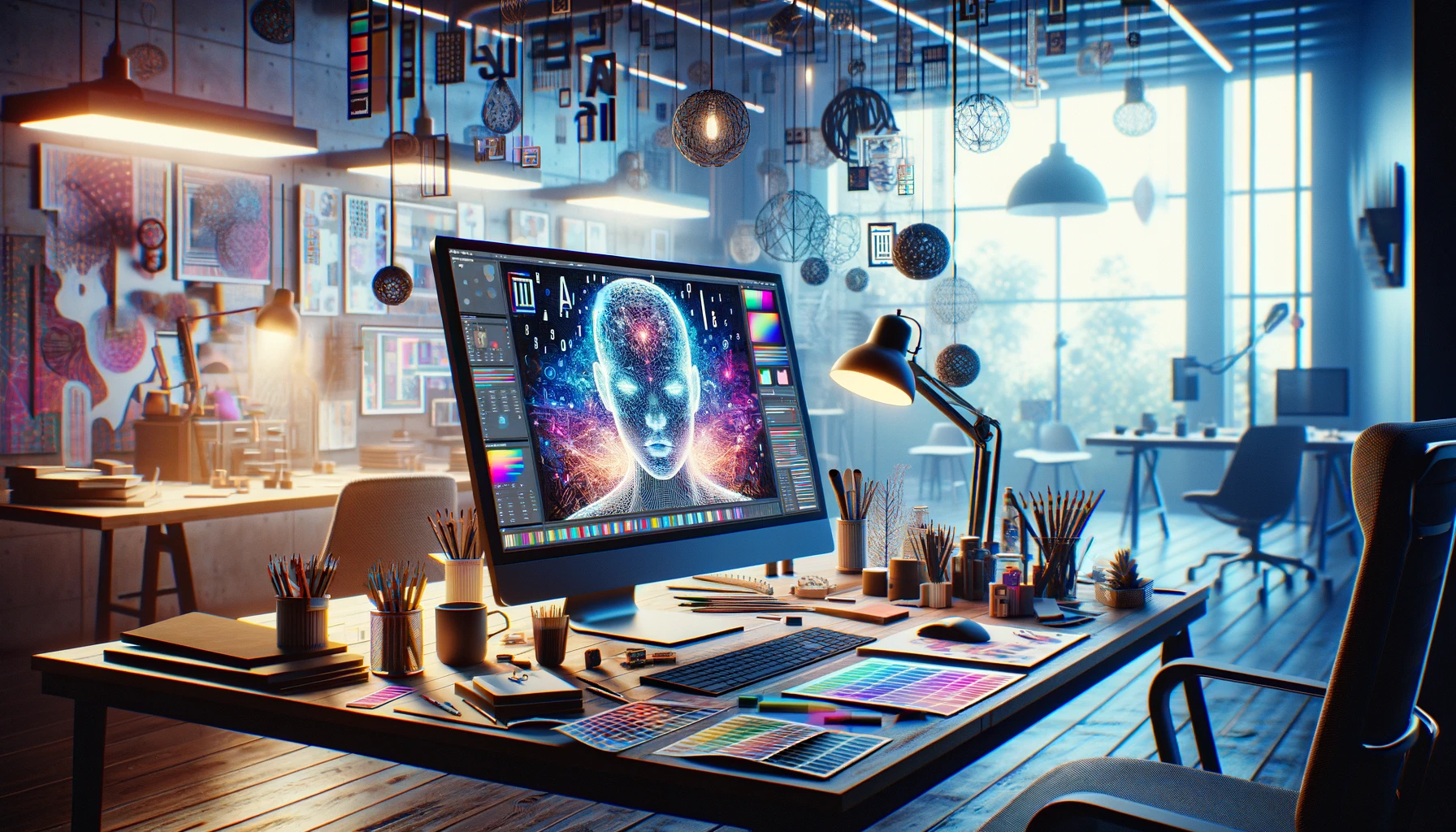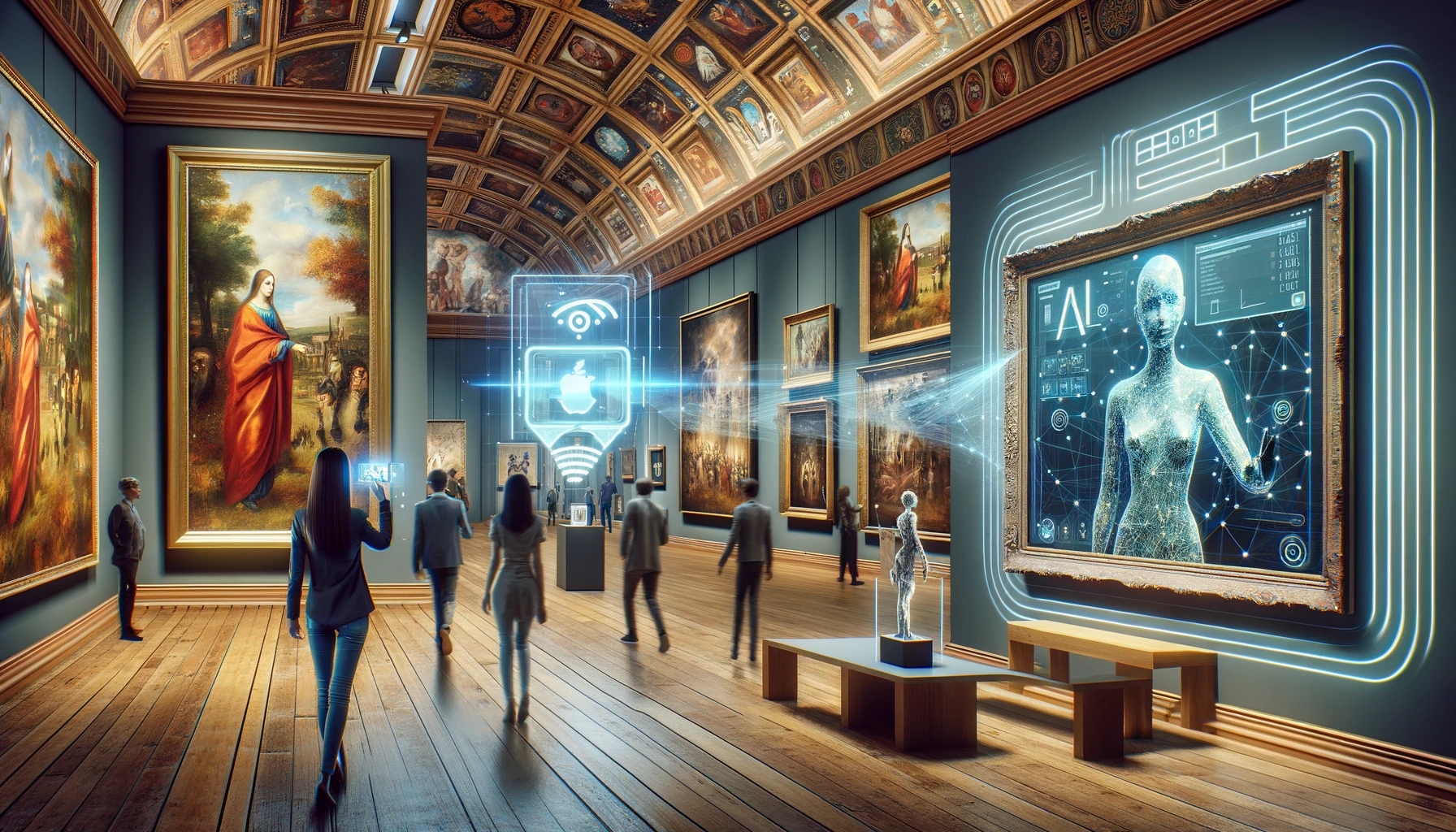
The Artistic Intersection of AI and Web Design
Web design always lived somewhere between math and feelings. You got grids, spacing, rules… but also colors that make you feel something, words that sound human. In the last few years, AI jumped into this mix. Sometimes it helps a lot, sometimes it feels off. But either way, it changed the whole game. It’s not just about speed, it’s about new ways to create. Messy but exciting.
What does AI in web design really mean?
When people say “AI,” it’s not just one tool. It’s like a whole bag of them.
- AI that makes logos, illustrations, textures, background art.
- AI that suggests layouts, grids, spacing, even whole page templates.
- AI that writes headlines, CTAs, or error messages.
- AI that helps with code, like fixing CSS or spotting bugs.
- AI that personalizes stuff for users depending on what they do.
So yeah, it’s not just one thing. And it changes how designers work. Instead of only moving pixels by hand, now you can “talk” to a system and it gives you ideas back.
It’s not only about speed
Yes, AI makes things faster. But the real difference is how many options you can explore. Before, maybe you made 3 variations of a page. Now you can make 30 in less time. Good ideas usually hide on the edges, not in the middle. AI lets you see those edges.
And honestly, sometimes it feels like a little conversation. You say something in a prompt, AI gives you a try. Maybe it gets it wrong, maybe it surprises you. Then you go back and forth, kind of like a jam session. Not perfect English either, but neither are we.
The risk of everything looking the same
One big problem: AI loves average. It gives “pretty good” designs over and over. That’s safe but boring. To stop that:
- Make a mini-brief before you even prompt. Mood, audience, 3 things you don’t want.
- Feed your own brand colors, fonts, rules. Don’t let AI set the rules.
- Ask for weird versions too, not just safe ones.
- Mix in your own assets so the style feels unique.
If you don’t direct it, AI will aim for the middle. And middle is crowded.
AI is a helper, not the boss
AI is great at pumping out variations and patterns. But it doesn’t feel meaning. It can’t tell why your client is stressed or why users feel stuck in a checkout. That part is still on you.
Think of it like an intern with endless energy. Super fast, sometimes odd, and it needs guidance.
Few simple rules:
- You keep taste, AI keeps the grunt work.
- You tell the story, AI drafts the options.
- You care about accessibility, AI just enforces it.
- You choose when to slow down. Some parts, like naming or voice, should never be rushed.
From prompt to prototype (quick loop)
Here’s a fast way to work with it:
- Write one short paragraph what you want + 3 success points.
- Give AI your brand tokens, fonts, copy style.
- Ask for 30–50 small comps (hero, nav, product block, footer).
- Kill 90% of them, keep 5. If all look “fine,” ask for something risky.
- Build first prototype, even with placeholder copy.
- Show it to 2 people, watch where they get confused. Adjust.
Not perfect, but real. Better than wasting a week on fake polish.
The code side
AI can spit out code, but you still gotta check craft:
- Use semantic HTML. If it gives you div soup, fix it.
- Keep spacing and type scale consistent.
- Use design tokens for color and shadows so AI doesn’t make random ones.
- Give it numbers: max image size, bundle weight, font rules. It wants to please you, just be clear.
Sites that feel light are usually built light.
Small words matter
AI can write labels like “Submit” or “Learn More,” but that’s bland. Change them:
- “Submit” → “Save Profile”
- “Start” → “Start your 14-day trial”
- “Learn more” → “See how billing works”
And don’t just write for edge cases. Write for feelings. “We couldn’t find your order” sounds cold. “We can’t find it yet, give us a sec to sync” feels warmer. That tiny difference makes people trust you more.
Accessibility is part of design
AI can check color contrast and alt text, but don’t trust it blindly. Some of its “rules” are old. Quick checklist:
- Contrast should be at least WCAG AA.
- Show focus rings on buttons and links.
- Don’t skip heading levels.
- Alt text should describe, not just file names.
The most artistic thing a site can do is welcome everybody.
Ethics and taste
Few boring but important things:
- Track where assets come from, don’t just grab random outputs.
- Don’t use customer data to train stuff without permission.
- If you used AI to generate visuals, maybe note it somewhere. Transparency builds trust.
- Always review things that touch culture, identity, or symbols. Models can be biased.
Ethics is not blocking art, it’s making sure your art doesn’t hurt.
Quick tactics you can try
- Generate the same section in 5 different tones (playful, serious, brutalist, minimal, etc.).
- Try different typography pairs. Keep the one that reads best on small text.
- Make a set of icons with one rule (like same corner radius). Throw out any that break it.
- Test motion on a slow laptop. If it lags, it’s too heavy.
- Write friendly empty states. Teach, invite, maybe add a smile.
The near future
We’re already seeing:
- Components that rewrite themselves depending on user but still keep brand voice.
- Designing by mixing sketch + voice + image input.
- Assistants that warn you while you drag: “This button has bad contrast, want me to fix?”
- Prototypes that read out loud their story so you know if the flow makes sense.
Not magic, just closer to how humans really think.
Final thoughts
AI gives reach, variations, options. But reach isn’t the same as resonance. Resonance comes from human taste, empathy, and story. The machine can hum 1000 melodies, but you pick the one that hits.
So yeah, use AI. Let it draft, tidy, spark new ideas. But hold the pencil where it matters: meaning, voice, responsibility. That’s your part. And if a comma goes missing, or a headline is a bit off? That’s fine. The web is for humans, not robots. A little roughness actually makes it feel alive.

